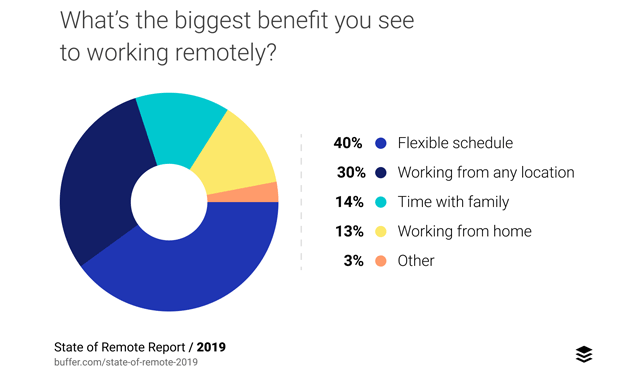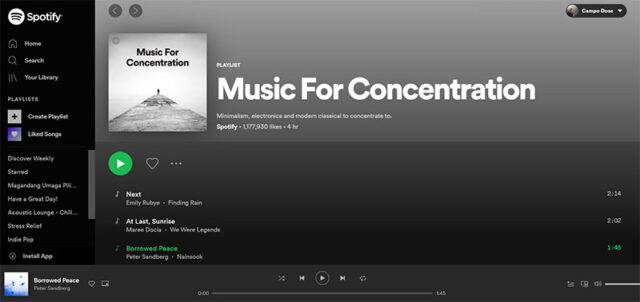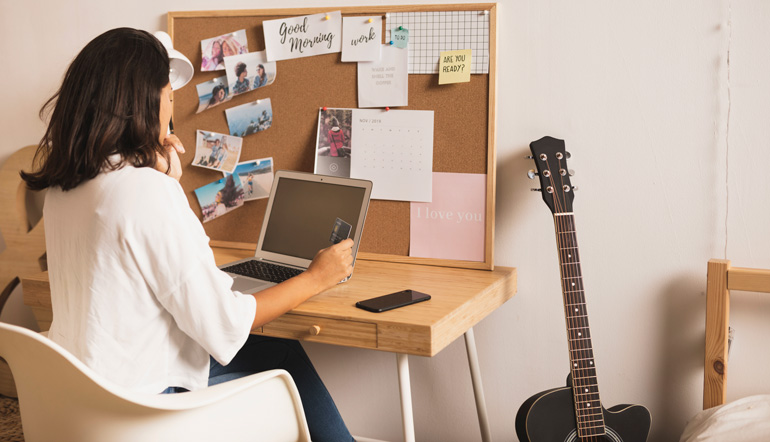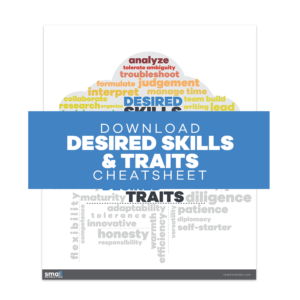Remote work is the new normal. The past couple of years have seen more people getting work done outside the confines of conventional workplaces.
And where better to work than from the comfort of your home?

The coronavirus pandemic has forced many to work from home. But even before this, remote work was on the rise. And the statistics prove it:
- At least 70% of people around the world work remotely
- Since 2007, remote work has increased by 159% in the US
- 95% of remote workers would recommend it to others
We can attribute the growth of remote work to one simple fact – it simply…works. Seriously.
Working from home certainly has its perks. Findings from the annual Buffer report State Of Remote Work indicate that remote workers:
- Are happier
- Have more quality family time
- Enjoy a greater level of flexibility than conventional workers
When you think of working from home, it’s easy to think of yourself lying comfortably on your couch, laptop at hand, clicking away and working whenever you feel “inspired”.
But working from home isn’t exactly the Instagram-worthy life we imagine it to be. It comes with ups and downs which you need to navigate to make it a worthwhile undertaking.
Your productivity and success depend on your ability to navigate the challenges of remote work.
Remote work promotes flexibility that leads to improved job satisfaction. However, that same benefit can lead to work-life balance challenges which can be compounded by feelings of isolation.
Thibaut de Lataillade, GetApp Global Vice President
One of the main issues you need to tackle is distractions.
Here are several ways you can deal with distractions and remain productive when working from home.
1: Develop a Daily Routine… And Stick to It
The first step to take is to come up with a routine. Unlike the normal work environment, there are a million things competing for your time and attention at home.
And there’s no one to monitor how you’re spending every second of your day.
If you’re not grounded, it can be hard to get work done. You may start working on a task and then something comes up. And just as you finish that chore, another task comes your way.
By the time you’re getting back to work, you’ve lost track of time, and it’s hard to pick up where you left off, as your mind has been all over the place (literally).
That’s the essence of a daily routine.
Coming up with one is easy. Think of all the things you need to do on a given day. List them down in no particular order.
Next, indicate the category of each task (e.g., rejuvenation, work, rest). Next to each task, indicate how much time you need to get it done.
Finally, reorganize your tasks in chronological order.
Once you have a plan laid out, you can print out your routine or use a daily planner app. Most importantly, stick to your routine as best as you can.
This helps you adapt to working from home by creating a steady rhythm for your workdays (and nights).
Now that you have your daily routine worked out, consider mind mapping as a way to make the most of your time.
This technique helps you brainstorm more effectively by making it easier to organize your ideas, remember them and create visual connections.
2: Make Others Understand You’re Actually Working
When you tell people that you’re working from home, they often don’t get it. You can’t blame them. After all, home is a place to unwind, lay back and rejuvenate.
It comes as no surprise then, that they’ll call and pay visits, while those at home with you will find ways to involve you in what they’re up to.
If this goes on for a while, you may notice that you’re unable to get much done and you start to fall behind on important tasks.
The underlying issue here is that your friends and family don’t truly understand what working from home means or entails.
That’s why you need to have the talk with them. Walk them through the demands that come with your work and demonstrate that it’s just as important as office work.
Once they understand what working from home means, they’re more likely to respect your work and time.
3: Listen to a Work Playlist…Or Don’t
Work playlists are a great way for you to get psyched up for work at home. Or are they?
While your music streaming platform is bound to have a couple of work playlists, they work well for some but not for others.
Research on this area isn’t extensive. Nevertheless, this study examines the effect of music on cognitive performance.
Its findings indicate that music does have an effect on how you perform mental tasks. It all comes down to the task, the music and how prone you are to boredom.
If you’re easily bored, it’s better for you to have no music on while working. This applies to both simple and complex tasks.
The complexity of what you’re doing provides sufficient stimulation to your mind. As such, music would only serve to break your concentration.
What happens if you’re less prone to boredom?
Listening to quiet, complex music offers just enough distraction for you to concentrate. This applies to simple tasks.
For complex tasks, music doesn’t make much difference. However, you’ll benefit from having music in the background in most cases.
The researchers believe this to be a result of mood-related effects.
Try listening to a work playlist as you work to gauge whether you work best with music in the background or in silence.
Why not start with these?

4: Find Your Haven
When working from home, where you choose to work is just as crucial as the work you’re doing.
Find a designated workspace that you’ll use solely for work. Let that be the primary association your mind has with this spot.
Ensure your work haven is clean and free from clutter. It’s best to leave your workspace ready for your next session before you leave. That way, you’ll come back to an inviting space that’s ready for use.
The following video will give inspire you to create a space where you can log your hours and be productive.
Another consideration for your home workspace is lighting.
Natural lighting is especially ideal. According to a study by Future Workplace, it forms the most significant part of the employee experience.
This makes it the ultimate office perk, beating out the likes of fitness centers and premium dining options.
It’s easy to see why. Natural light:
- Uplifts your mood
- Makes you more productive
- Leads to better sleep
- Benefits your eyesight
Once your haven is all set, it’s time to let others know when you’re busy. Use posters and signs to indicate that you’re occupied.
Here are some you can use:
- https://www.keepcalmandposters.com/poster/6168960_do_not_disturb_i_am_busy_working
- https://keepcalms.com/p/headphones-on-do-not-disturb-please/
- https://www.pinterest.com/pin/691021136551461671/
Finally, remember that stress is inevitable. Getting your workspace to be a conducive space won’t take away the pressure that comes with all forms of work. When you feel overwhelmed, take a moment or two to use a stress reliever.
5: Monitor Your Time Usage
Working from home calls for you to be very deliberate about how you spend your time.
Nothing should take up too much of your day – not even work.
In their book Balancing on the Wire, James Redmond and Robert Trager use an equilateral triangle to demonstrate time management.
If you’ve achieved work-life balance, an equal amount of your time goes to rest, relaxation and work. This is the same as the triangle having all sides equal.
The only way to be sure you’re doing the right thing for the right duration is by monitoring your time. Thankfully, there are various ways you can do this.
From mobile apps to computer software, losing track of time is a thing of the past. Below are a few examples.
Rescue Time looks into your time usage on digital devices. It categorizes this information, indicating every way you’ve spent time online allowing you to gauge your productivity.
Toggl allows you to create projects which capture how long you spent on each activity.
FocusMe helps minimize distractions by:
- Reducing multitasking
- Limiting time spent on websites
- Creating schedules
Beyond using apps, you can try productivity techniques such as the Pomodoro technique that structure your time. This helps ensure you don’t go too long without a much-needed break.
Alternatively, you can identify your peak hours. These are the times of day when you’re most productive. Once you’ve figured it out, focus on getting work done during this time.
As soon as your break is over, you’ll need to get back into the right state to work again. Luckily, there are as many as 30 ways to regain your focus.
Keep Learning to Better Yourself
Working from home is a way of life. To make the most of your time working remotely, learn what you need in order to succeed.
The Successful Behaviours & Habits course from Small Revolution is all the training you’ll ever need on what to do to help you achieve your goals while working from home.
Among the issues you’ll tackle in this course include:
- Maintaining a healthy work ethic
- Developing a global outlook
- Working up a backup plan for your internet connection
Enroll now and make working from home a fruitful experience.


